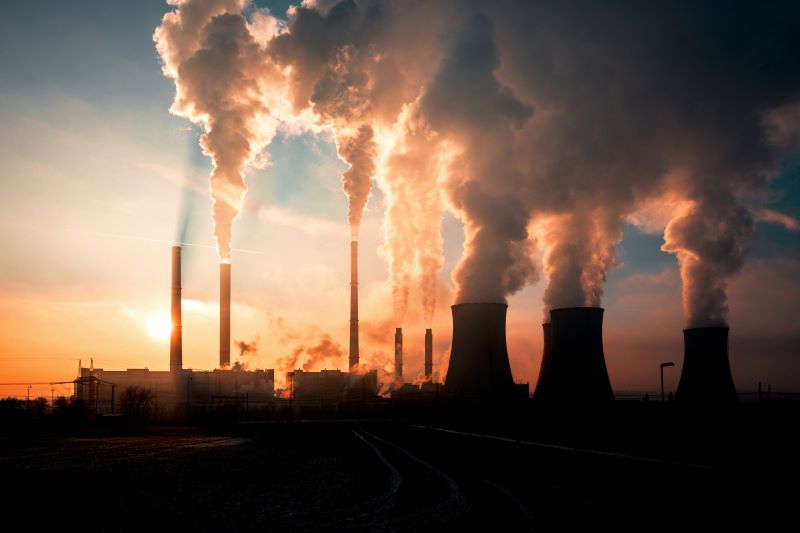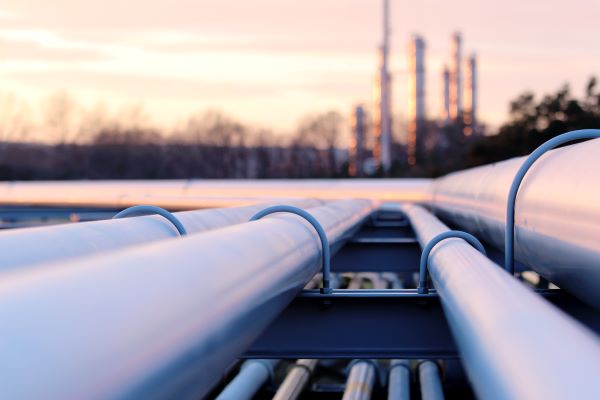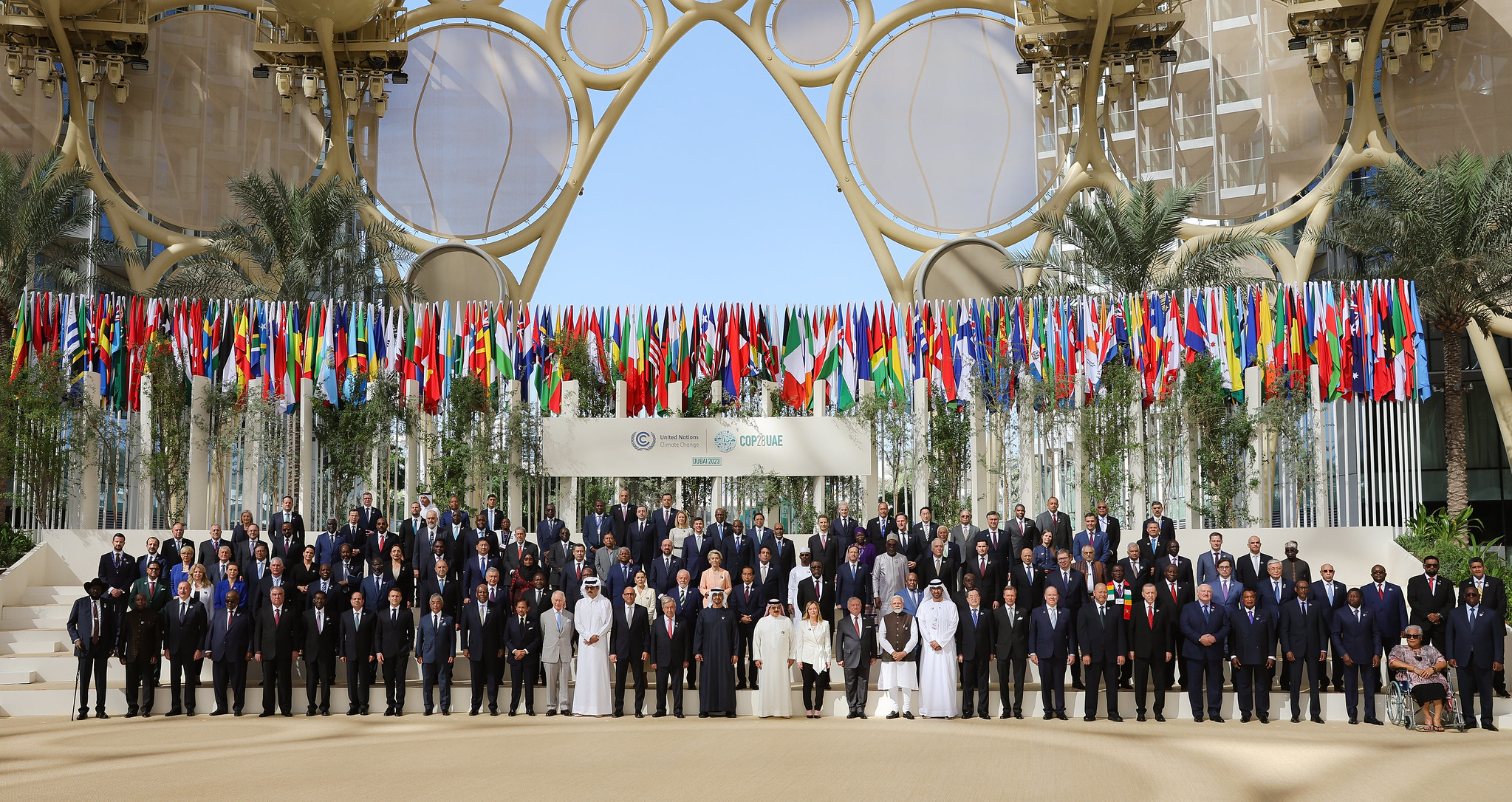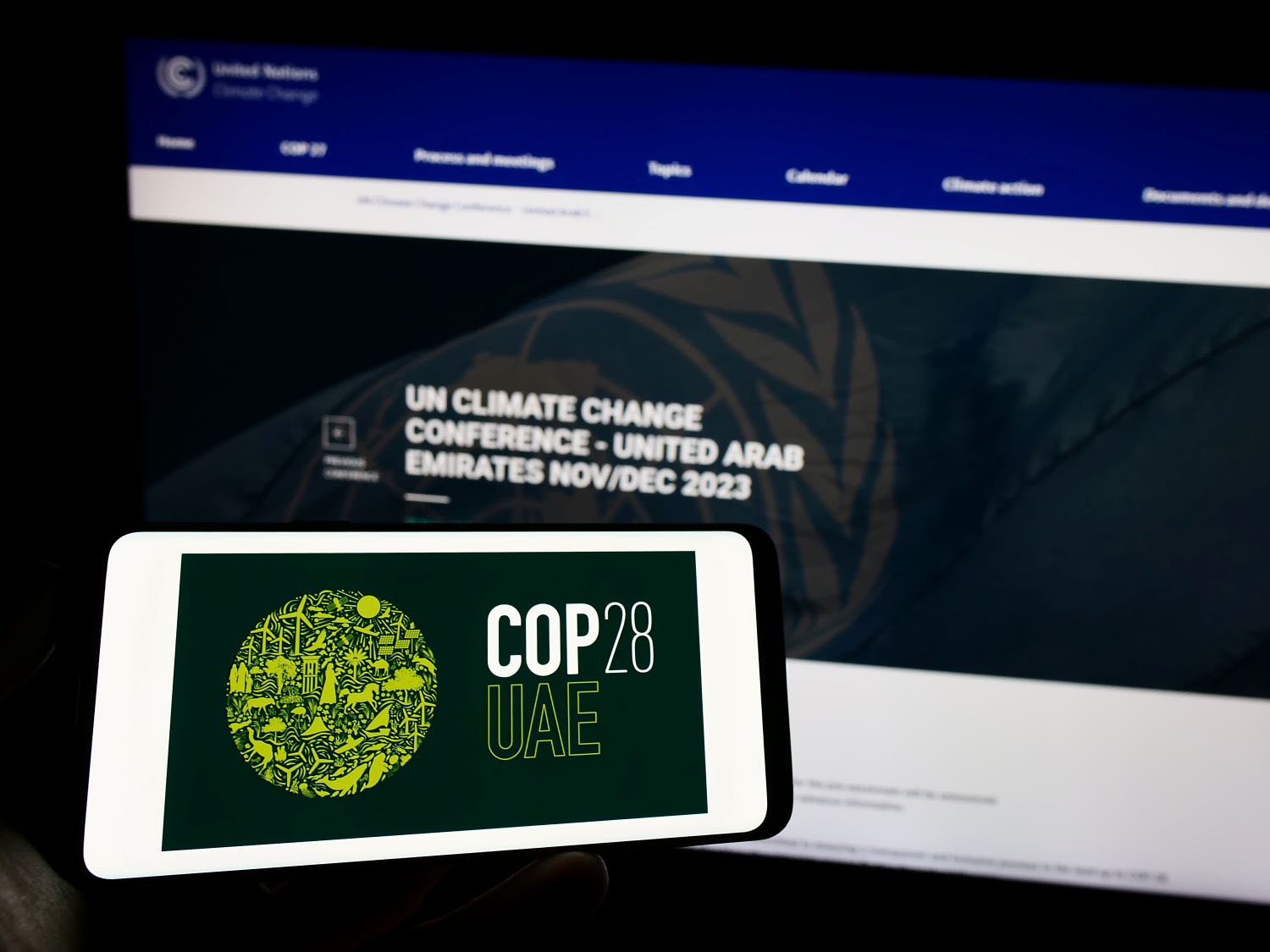On his first trip to Africa, Chancellor Olaf Scholz announced that Germany intends to buy natural gas from Senegal, to reduce its dependence on Russian gas. A German government official added that the country might become an investor in Senegal’s massive GTA gas field. Germany has invited Senegal, which currently holds the chairmanship of the African Union, to attend the G7 summit later this month, reflecting the high level of interest in Africa’s fossil fuel reserves.
Even as they are making deals with African countries to buy oil and gas, European shareholders of the World Bank and other multilateral development banks are insisting that these institutions focus on reducing emissions, even in low- and lower-middle income countries. European governments want to stop all financing of natural gas projects in Africa as soon as 2025; this would include investments in gas cooking and public transport. This stance stems from a fear that, unless developing countries take action to decarbonize now, their economic growth will lead to vast emissions that will derail all global efforts to limit climate change. This approach, which treats low- and middle-income countries as a monolith, is unhelpful to the conversation about climate change.
To understand better where emissions are concentrated and how to address them, we projected carbon dioxide emissions to 2035 under some simple assumptions. Emissions from the world’s poorest 64 countries, those which get concessional (IDA) loans, will remain very low for decades to come, even if their economies grow rapidly and without action to reduce emissions (Figure 1). For instance, the vast majority of coal emissions from this group are from Pakistan, Uzbekistan, Lao, and Bangladesh—but Germany’s coal plants emit four times more than all four combined.
Figure 1. Projected CO2 emissions (2018–2035)
Pressuring low- and lower-middle-income countries to replace plans for natural gas power with solar or wind energy will have limited climate benefits compared to replacing coal generation in richer countries. In many cases renewable energy will be the most efficient option. However, lower income countries will need some fossil fuel capacity to grow their economies and decrease poverty. Growth and poverty reduction are key to making lower income countries, which are the most vulnerable to climate change, more resilient.
It is more efficient—and just—to focus on climate mitigation where emissions are high, and on poverty reduction where poverty is high. And given that there is no sign of an increase in aid spending, especially in the poorest countries, rich countries must not cannibalize development aid or reinvent the development finance architecture, but rather explore the highest benefit opportunities for emissions reduction available.
CGD blog posts reflect the views of the authors, drawing on prior research and experience in their areas of expertise.
CGD is a nonpartisan, independent organization and does not take institutional positions.







